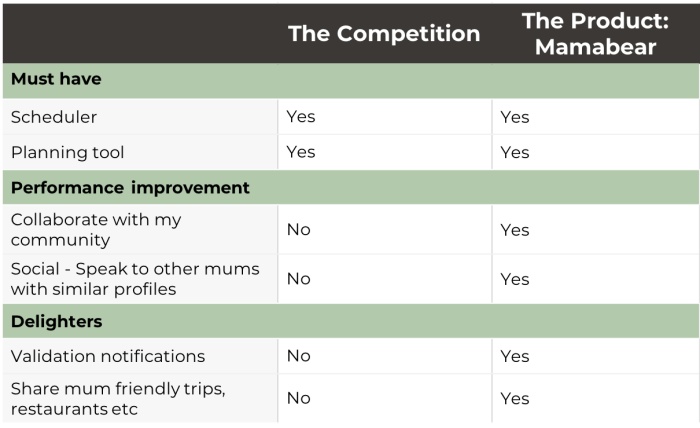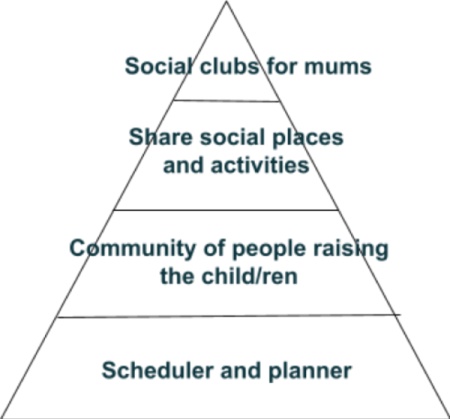In our last article, we discussed 3 early stage founder fundamentals. We want to deep dive in each section:
- Understanding customer needs
- Culture
- Process
Today we take a look at some critical pieces of understanding your customer needs. This could be a whole book. And there are whole books about this. I however wanted to point out some key things that founders need to be conscious of as they work towards a prototype and high fidelity MVP.
Before we even get into it a big part of this process is meant to get you to not only empathise with the customer. One of the key things needed in a product manager is empathy. Early stage founders are product managers, but this is a whole different conversation.
Here is a good piece on the value of empathy and things you can do to build. Like he says in the article. Here is one more.
There are layers to the need:
In order to understand your customers’ needs, you have to spend time with your customer. PERIOD! There is no way around this.
To start off, as should be the case with any meeting you walk into, you have to set the intentions (As you should for every meeting you walk into), ensure that you have already structured your questions based on hypotheses you have and chunk these based on some similar overarching themes.
You have to build the skill to ask non-leading questions, typical, potential customers are able to identify what they like or dislike and what they value or don’t. Allowing them to speak openly will give you a lot more context beyond the questions you had planned.
You need to dig into the motivation behind the problem, this will give you clarity and empathy on the scope of the problem and allow you to address the problem in depth.
For the purpose of this piece let’s use an app targeted towards single mums that allows them to plan and track their child/rens needs and coordinate with their community when they need help with certain tasks.
What you could discover from the use case could be the below.
- I want to have a view of my entire schedule
- Because I have a lot to do and there are many people involved to achieve it
- I am a single mum with a job, so there are many things that can fall through the cracks, especially regarding my child
- S/He is my priority and sometimes I feel like I am disorganised and missing important things
- I don’t want to be seen as / to be a bad mother
This gives you a lot more perspective on what this app should be doing for your consumer.
The initial one may have led you to a scheduler app but that last one brings out a much deeper need. You can now empathise with the feeling of being a bad parent and the desire to have a 360 view of the parenting aspects of their lives.
What this product should be able to do is the planning, validating the motherhood journey is another, maybe community collaboration features… this opens a world of features and potential solutions.
High level this could be:
- A need to organize schedules
- A need for validation
- A need for community
- A need to coordinate with their community
- A need to see someone else’s schedule
HERE is an interesting read on structuring customer interviews.
There may be extremely important needs
These interviews could lead you to a list of 10 really great features that would answer these needs. Not all of them hold the same level of importance or the level of satisfaction in existing solutions.
Interviewing your customer further, will allow you to map out the value of prioritizing some features over others. That way your prototype and MVP 1 actually encourage your users to use it. You want to focus on building features that are of high importance and low satisfaction and include the high importance and high satisfaction features.
This will give you the opportunity to also solidify what they find important and to define your value proposition.
You want to deliver something that none of the incumbent solutions meet or meet the need better. You have to provide must haves – things that are non negotiable for the customer or form the basis of the customer value. Include your product performance improvements, these are features that you are adding that will be different from the incumbent tools, be it an excel sheet, whatsapp or a competing software. Lastly, ‘delighters’, which are little features that make the app pleasant and enjoyable to use.
This is how you will define your value proposition. In the example above you might have the below.





